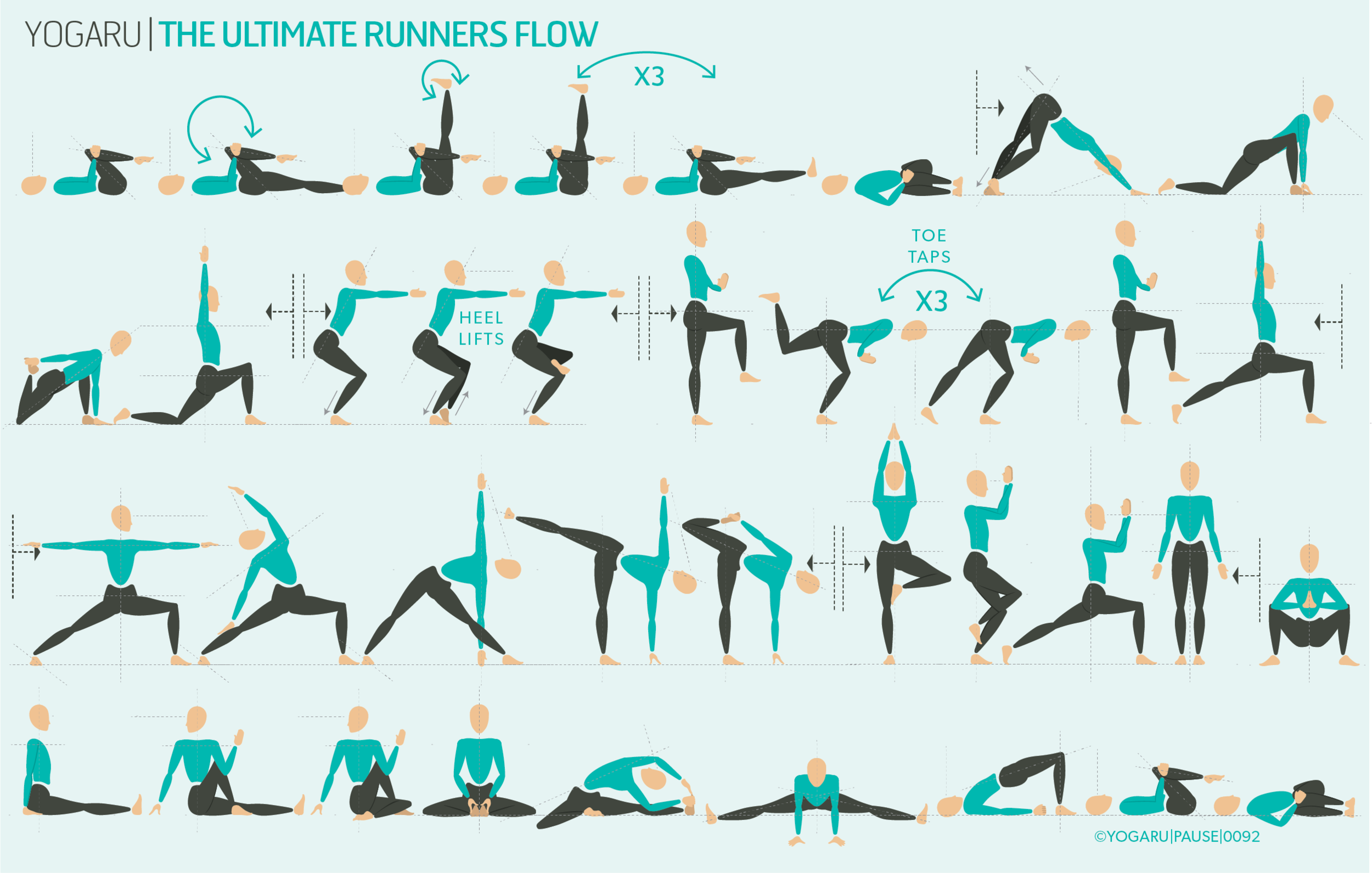SUNNY TWISTS
The sun is finally making an appearance and the winter coats are being put into storage. I’m finding recently I’m drawn to twists in my practice to help shed the stagnation in the spine and step into a sense of new beginnings and the start of new energy patterns. The warm weather brings everyone out of hibernation and there is a general air of happiness around as we shed our winter layers and make use of the great outdoors and brighter evenings.
THE BENEFITS OF TWISTS
In our twists we mirror nature by growing that little bit taller through the spine to reach for the sunny sky and finding space between the vertebrae to twist into. Twists balance the nervous system, help good digestion, ease stress, tension and anxiety, and boost the immune system. In a twist the cells are activated in the organs and circulation is boosted which generates internal heat. When the circulation is stimulated it supplies the brain with more oxygenated blood and give you an extra boost of energy. Making them great to add into your morning practice but maybe not so beneficial to do too many in an evening practice.
There is a misconception that they ‘wring out’ the organs of the body. They will press on the intestines and help move waste along but in terms of the liver and detoxification the liver is very efficient at doing its job and isn’t stimulated with applied pressure of a twist. Where that can help is through the added flow of circulation which will help the organs work more efficiently at detoxing the body. The heat they generate through the activation of the cells will also encourage the skin to emit moisture to control the temperature of the body which will help remove toxins from the body.
EXPLORING TWISTY FLOW IN YOUR PRACTICE
There is two different schools of thought when it comes to twists – the first is to keep the hips level and facing forward to facilitate the full rotation to come from the spine, and the second is to allow a small rotation of the hips in the direction of the twist to prevent unnecessary pressure being added to the sacroiliac joint. The way I approach the twist is to keep the hips level but not to go to full range of motion to protect the connective tissue and the precious ligaments of the sacroiliac joint. Play around with both versions and see which suits your unique body best.
ALIGNMENT CUES
The peak pose in the Twisty Flow is Parivrtta Ardha Chandrasana/Revolved Half Moon. This pose is the ultimate challenge in a standing twist. The whole body is twisting along the spine and at the same time you have the added challenge of balancing on one leg. Have a read through these steps and pay particular attention to the level of the hip as you twist.
Staring with transitioning into Virabhadrasana III/Warrior III from Parsvottanasana/Intense side stretch. Place two bricks about a foot forward of your front foot. Bend your front knee and place your hands on the bricks.
Exhale, hinge forward from the hip joint, lift your left leg parallel to the ground behind you, hips level to the ground. Roll the inner thigh of your left leg up, flex your foot and press out through the heel.
Lengthen through your spine and the sides of the body, gaze to the ground.
To move into Parivrtta Ardha Chandrasana/Revolved Half Moon place your left hand on the right brick. Keep your left leg parallel to the ground, toes facing down.
Reach your right arm up high, palm facing right, stack your shoulders. Bottom waist rolls forward, top waist rolls back, lengthen from the heel of your lifted leg to the tip of your crown, gaze forward or to your right fingertips.
To save the images for personal use click and hold down the image until the ‘save image’ option appears; on Mac hold down ‘control’ and click the image to get the option box; on PC right click on the image to get the option box. Scroll down in the ‘option box’ and click ‘save image’.
Ruth Delahunty Yogaru




